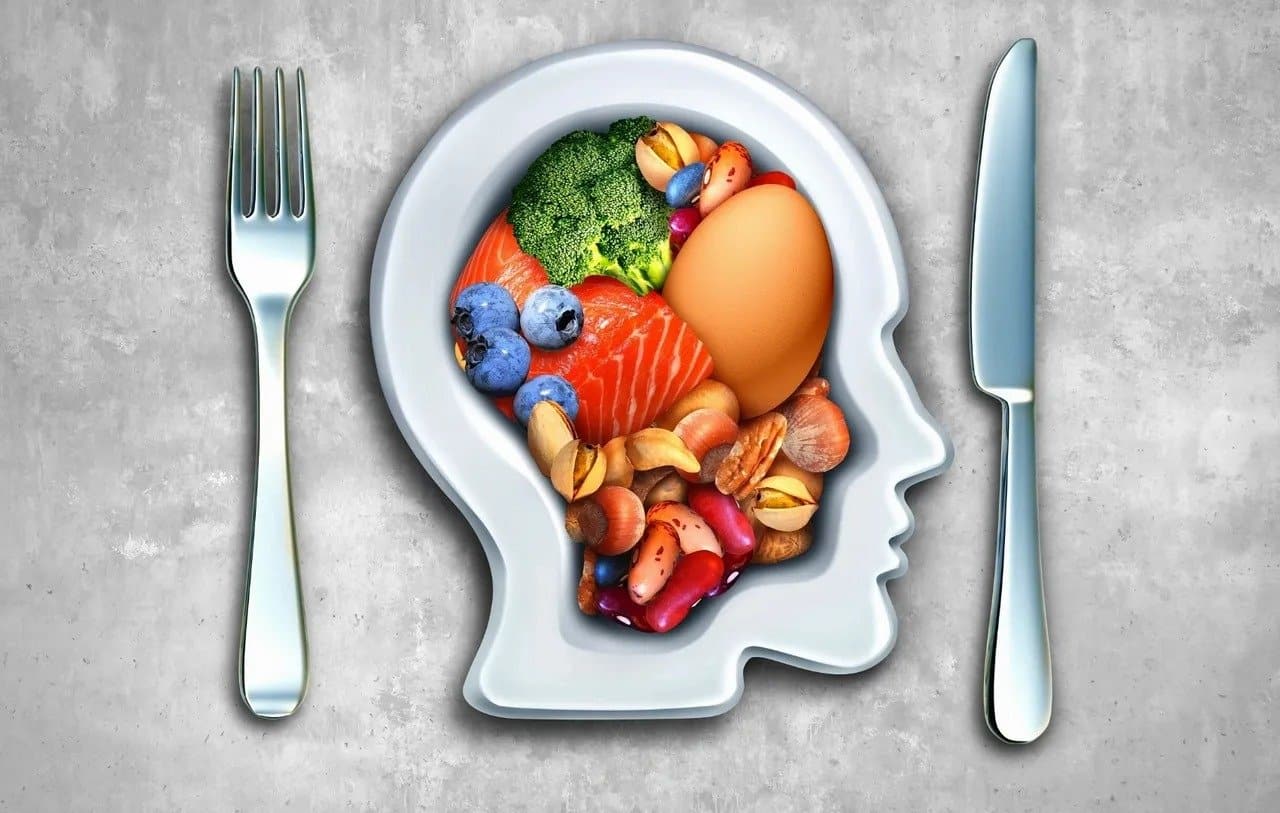Are you overweight or out of shape? Do you find it difficult to lose weight or keep it off? What about your overall level of health? Are you free of aches and pains and nagging ailments of any kind? Or are you more typical of most of us in modern society, with a chronic disorder of one sort or another that just doesn’t seem to go away…
• allergies
• arthritis
• headaches
• low blood sugar
• indigestion
• cardiovascular problems
• depression
• recurrent infections.
If you have problems like these, or you’re simply not functioning well or feeling up to par, chances are you’re suffering from malnutrition.
Even if you’re currently slim and trim and symptom free, it’s still critically important for you to find out how your body processes foods and utilises nutrients, and why your body is unique on a biochemical level. Whether you’re seeking to optimise or maintain your health, there’s simply no substitute for eating according to your metabolic type.
The three metabolic type categories are:
• the Protein Type
• the Carbo Type
• the Mixed Type.
Each of these general metabolic type categories corresponds to a specific diet. You may be in the same general category as someone else, yet your dietary needs could be distinctly different. For example, you and a friend might both be Protein Types, which means you don’t function well on vegetarian-oriented diets or on meals and snacks centered mainly around carbohydrates. But even though you both need to emphasise protein and restrict carbohydrates to a certain extent, your friend might require heavier proteins on a more consistent basis throughout the day, and be more sensitive and reactive to carbohydrates (i.e., sugars and starches) than you. In addition, your metabolic type is not something that’s carved in stone. Although you were born with a specific set of dietary requirements dictated by your genetic heritage (your Genetic Type), your needs can shift for any number of reasons, such as illness or stress or nutrient deficiencies or excesses. Your Functional Type refers to the way your metabolism is functioning today, or what your dietary needs are at the moment.
Learning exactly what foods to choose and exactly how to combine them is of fundamental importance for eating according to your metabolic type. If you find that you’re a Protein Type, it means one of two things—either your cells tend to metabolise carbohydrates too quickly and you are overly reliant on glycolysis for energy (meaning you’re a fast oxidiser), or the parasympathetic branch of your autonomic nervous system is stronger and more dominant than the sympathetic branch.
In general or simplistic terms, Protein Types require a high protein intake in order to strengthen the sympathetic system, thereby acidifying their too-alkaline metabolism. Or they need high protein (especially the high purine proteins) to slow down their too-rapid cellular oxidation rate, thereby alkalinising their too-acid metabolism.
If you’re a Carbo Type, just the opposite is true. In general, you need a higher percentage of carbohydrates in your diet in order to strengthen the parasympathetic branch of your nervous system, which is weaker than your sympathetic system, and thereby alkalinise your too-acid metabolism. Or you need more carbohydrates in your diet in order to speed up your naturally slow cellular oxidation rate, thereby bringing it into balance by acidifying your too-alkaline metabolism.
If you’re a Mixed Type, it means you’re somewhere in the middle of the other two types, which have more pronounced or clear-cut metabolic imbalances. You need to eat a mixture of foods that will support both sides of your autonomic nervous system—both your sympathetic system and your parasympathetic system. The same principle applies to your oxidative system, since your cellular oxidation rate is neither fast nor slow, but somewhere in the middle. You’ll want to be sure to eat a mixture of foods so that you will not create a one-sided or pronounced effect in terms of either speeding up or slowing down your cellular oxidation rate.


